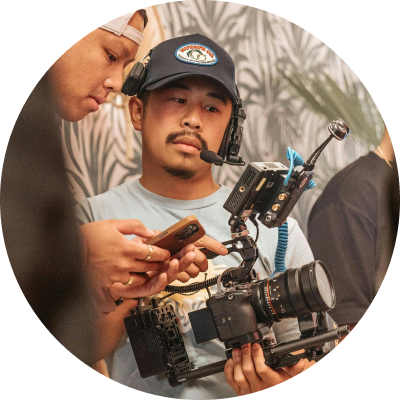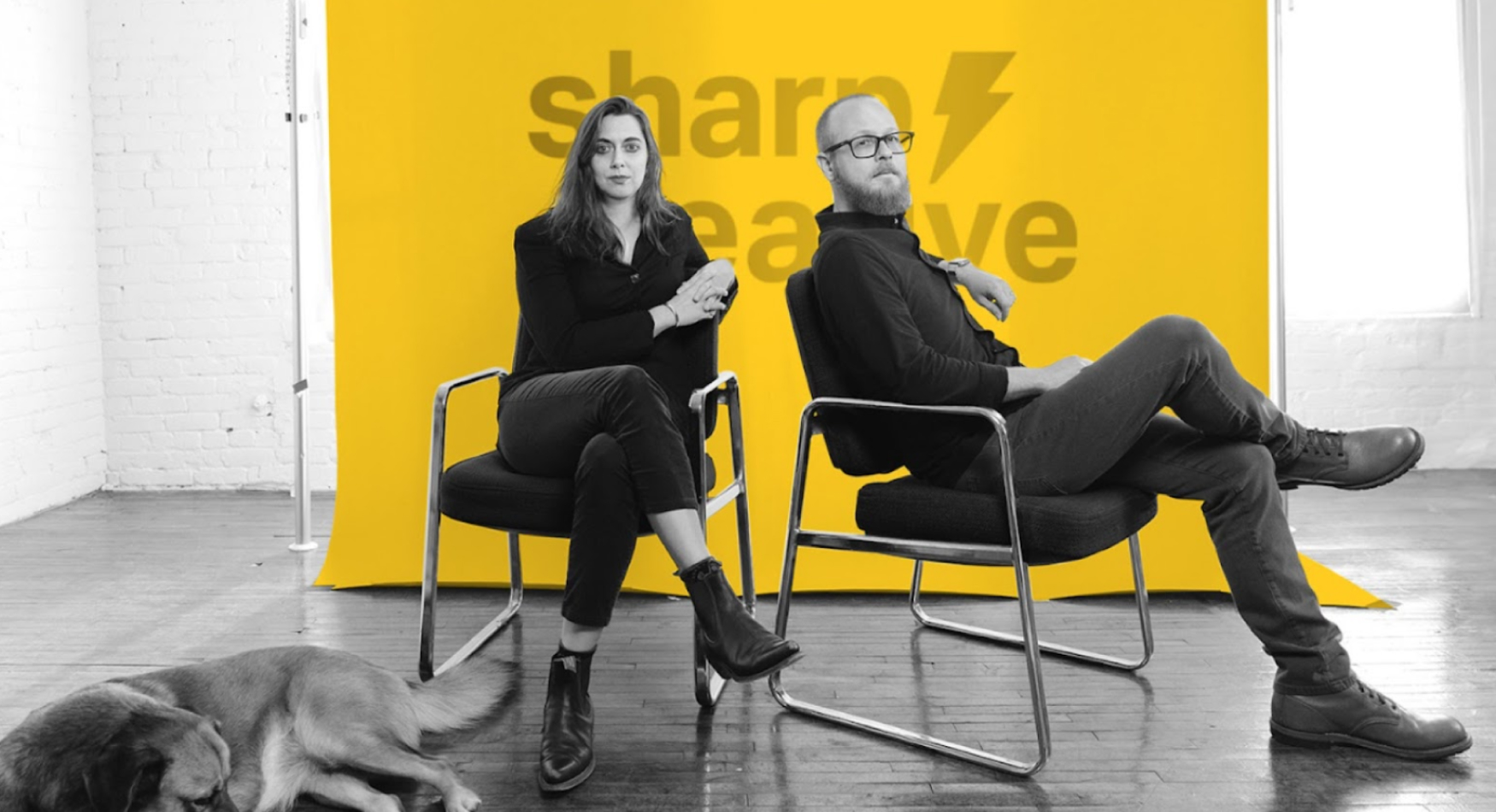Good design isn’t just about aesthetics—it’s about usability. In today’s world, where diversity and inclusion are at the forefront, designing for accessibility has become a fundamental responsibility for creatives. Inclusive design isn’t just ethically important; it’s a competitive advantage that expands audience reach and strengthens brand reputation. This article explores why accessibility matters and how designers can lead the way toward a more inclusive future.
Why Accessibility Matters in Design
Accessibility ensures that people of all abilities can access and interact with products and experiences. Over 1 billion people globally live with some form of disability, making inclusive design a necessity, not an option. Companies that prioritize accessibility not only avoid legal risks but also improve public perception and expand their audience reach. Inclusive design creates more equitable experiences and enhances usability for everyone, including those without disabilities.
- Accessibility opens businesses to broader markets, ensuring usability for a more diverse audience.
- It minimizes legal risks, helping companies stay compliant with regulations and avoid lawsuits.
- Well-designed accessible solutions improve the overall user experience by simplifying navigation and enhancing readability.
Key Principles of Inclusive Design
Designers must consider multiple perspectives when creating accessible solutions. Content should be perceivable, ensuring users can process information in different formats, such as alt text for images and captions for videos. Operability is equally important, allowing users to navigate and interact with designs regardless of physical or cognitive ability. Designs must also be understandable, providing clear instructions and predictable functionality to reduce confusion.
- Perceivable content—ensure visuals, text, and audio are accessible through assistive technologies.
- Operable navigation—enable users to interact via keyboard shortcuts, voice commands, and touch controls.
- Understandable interfaces—deliver consistent layouts and intuitive user flows to avoid overwhelming users.
Tools and Technologies for Accessible Design
Advancements in tools make it easier for designers to prioritize accessibility from the start. Color contrast checkers ensure readability for visually impaired users, while screen reader simulators like NVDA and VoiceOver help test user experiences. Accessibility plugins available in platforms like Figma provide quick assessments of compliance. Automated testing tools, such as Axe and Lighthouse, identify issues early, streamlining the design process.
- Color contrast checkers—improve readability for users with visual impairments.
- Screen reader simulators—test accessibility features for visually impaired users.
- Automated testing tools—detect accessibility gaps and suggest fixes during development.
Inclusive Design in Action
Leading brands are proving that accessibility can be both functional and beautiful. Microsoft set the bar high with adaptive controllers for gamers with limited mobility, making gaming more inclusive. Apple incorporated features like VoiceOver and Magnifier into iOS, ensuring usability across devices. Nike introduced hands-free sneakers (FlyEase), redefining footwear accessibility, while Spotify added customizable text size and captions, improving audio content access.
- Microsoft’s adaptive controllers—expand gaming accessibility for users with mobility challenges.
- Apple’s iOS features—enhance usability with built-in assistive technologies.
- Nike and Spotify innovations—demonstrate how inclusivity can enhance both products and customer satisfaction.
How to Make Accessibility a Core Focus
Embedding accessibility into the design process requires intentional planning and collaboration. Start by integrating accessibility considerations at the beginning rather than treating them as an afterthought. Partnering with accessibility consultants or advocates can help test designs and identify areas for improvement. Gathering direct feedback from users with disabilities is equally crucial to refining products and ensuring usability.
- Plan accessibility early—make it a priority in the initial design stages.
- Test with real users—collect feedback from those who rely on assistive tools.
- Educate teams—train designers and developers on WCAG standards and best practices.
Final Takeaways
Inclusive design is more than a trend—it’s the future of creativity. By embracing accessibility, designers create experiences that are not only visually appealing but also functional and equitable. Incorporating accessibility from the start leads to smarter solutions, broader audiences, and stronger connections.
As the design industry continues to evolve, prioritizing accessibility will separate leaders from followers. The time to act is now—design with inclusion in mind, and watch your impact grow.










